Combines, space, poetry, optics, stories, TV, cognitive computing, atomic food safety, astrophysics and quantum biology in a fun-packed programme for everyone.
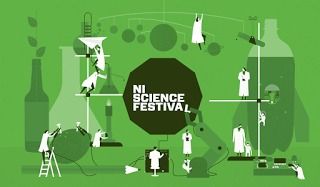

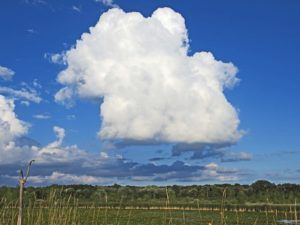
Congrats Dr. Happer.
I’ve been waiting to find out who will be Pres. Trump’s science adviser. It appears to be physicist Dr. William Happer, a physicist currently teaching at Princeont University, and former Director of the U.S. Department of Energy’s Office of Science from 1991–1993. He’s no slouch as a scientist. His work for the Air Force on the sodium guidestar laser platform for the military’s missile defense program provided information on the tropopause layer in the upper atmosphere, which is where atmospheric wave fronts distort both starlight and laser emissions, and where heat either begins to leak into space or does not, depending on how much and what kind of gas is blocking heat radiation.
The tropopause is the boundary between the troposphere, where we live and where weather takes place, and the stratosphere. The layers above that are the stratosphere, where stratocirrus clouds form as floating clouds of ice, the mesosphere, the thermosphere and the top, very thin layer, the exosphere. Beyond that is space.
Dr. Happer’s view of the whole climate thing clashes badly with the PC crowd’s notions about it, mostly because during the development of the sodium guidestar, he had to learn the physics and chemistry of the troposphere and the tropopause, and the layers above the troposphere.
[youtube_sc url=“https://www.youtube.com/watch?v=IEWBmIrXyhw”]
“Launched in 2007, the Fuller Challenge has defined an emerging field of practice: the whole systems approach to understanding and intervening in complex and interrelated crises for wide-scale social and environmental impact. The entry criteria have established a new framework through which to identify and measure effective, enduring solutions to global sustainability’s most entrenched challenges. The rigorous selection process has set a unique standard, gaining renown as “Socially-Responsible Design’s Highest Award.”
The Fuller Challenge attracts bold, visionary, tangible initiatives focused on a well-defined need of critical importance. Winning solutions are regionally specific yet globally applicable and present a truly comprehensive, anticipatory, integrated approach to solving the world’s complex problems.”
Deadline is March 31, 2017
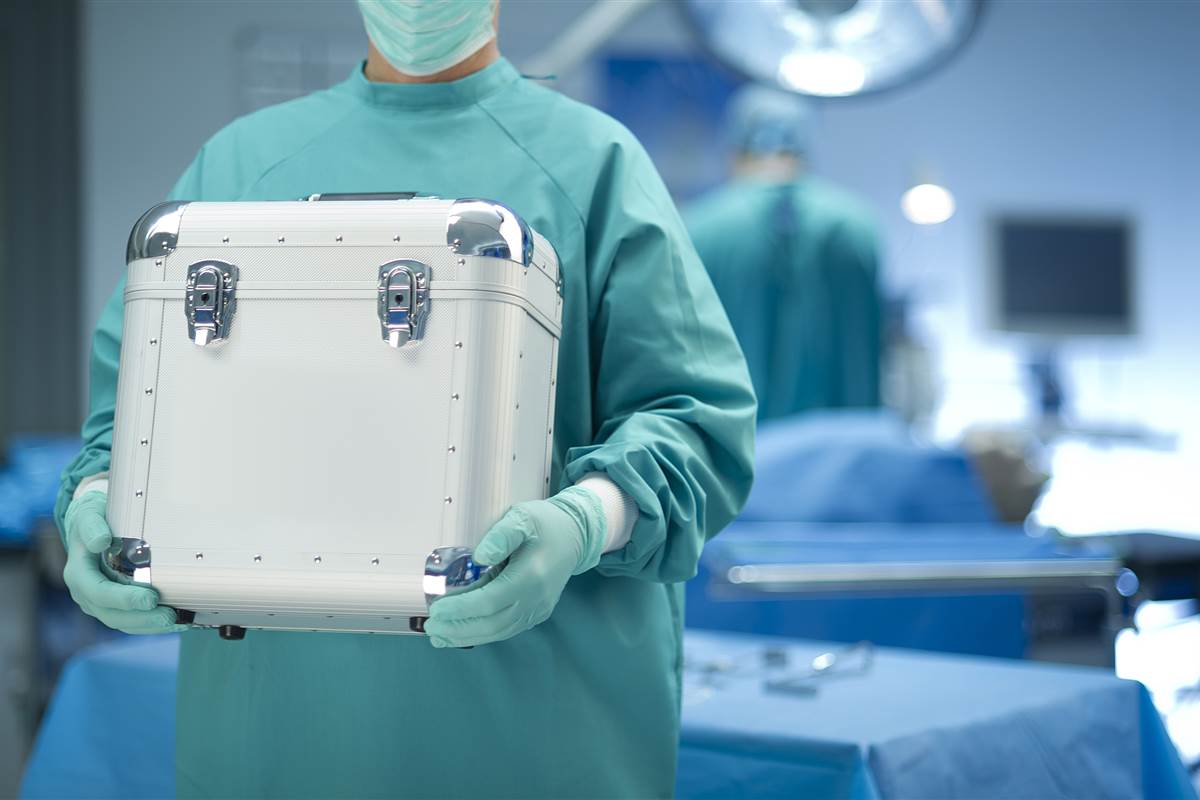
It looks like Self Driving cars may create a US organ shortage that finally acts as the Kick in the Ass to force stem cell generated organs on to the market. Enough of the ‘in the future’ we might have these Nonsesne.
Science, however, can offer better a better solution.
The waiting lists for donor organs are long — 120,000 people on a given day — and ever increasing. With fewer donor organs to go around, researchers are working on other ways to get people the parts they need. With help from 3D printing and other bioengineering technologies, we will eventually be able to grow our own organs and stop relying on donors.
Related: How Technology is Tackling Joe Biden’s Cancer Moonshot
“It’s like a race in which there’s multiple different players, but no matter which one of them winds up winning, it’s good,” says Ali Khademhosseini, a bioengineer at Harvard Medical School.
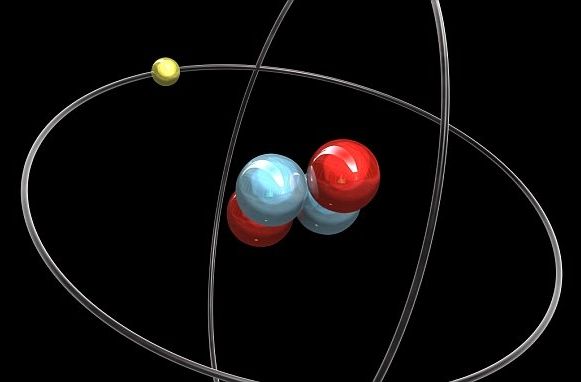
At school you may have been taught that helium was a noble gas because it was totally unreactive.
But, new research suggests it might not be as virtuous as we first thought.
An international team of scientists has created a stable helium compound which is composed of both helium and sodium atoms, and say their discovery marks a ‘new frontier of chemistry.’
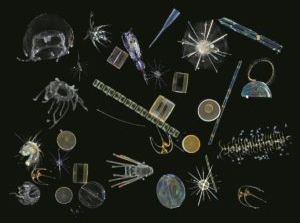
By Jonathan Latham, PhD
Test your understanding of the living world with this simple question. What kind of biomolecule is found in all living organisms? If your answer is “DNA”, you are incorrect. The mistake is very forgiveable though. The standard English-language biology education casts DNA (DeoxyriboNucleic Acid) as the master molecule of life, coordinating and controlling most, if not all, living functions. This master molecule concept is popular. It is plausible. It is taught in every university and high school. But it is wrong. DNA is no master controller, nor is it even at the centre of biology. Instead, science overwhelmingly shows that life is self-organised and thus the pieces are in place for biology to undergo the ultimate paradigm shift.
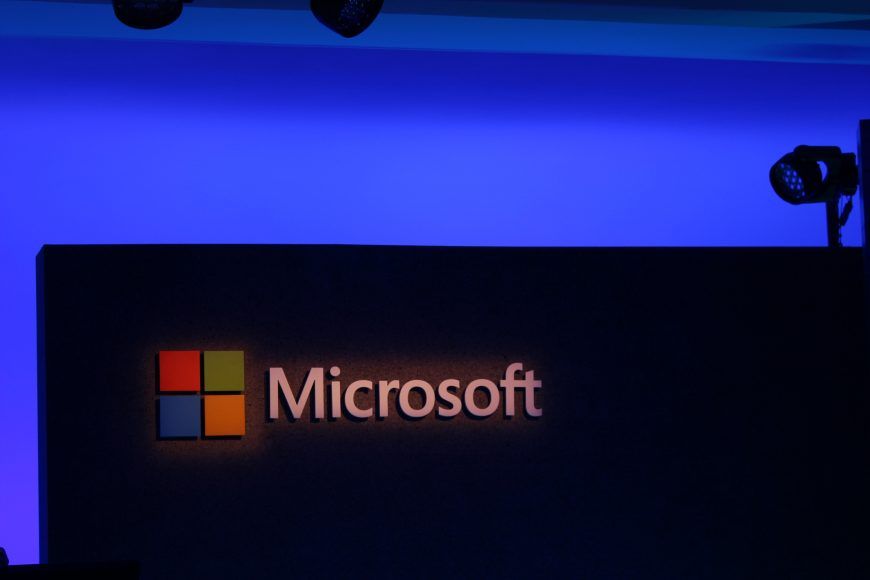
Off to the races again; hope folks are onboard. Quantum Bio will grow in importance; and you were warned.
Microsoft today announced that they have open sourced Bio Model Analyzer, a cloud-based tool which allows for biologists to model cell interaction and communication. This latest move is one of the many Microsoft Research initiatives which aims to help lab experts use computer science to speed up breakthroughs in cancer research and treatment.
According to the post, the Bio Model Analzyer (BMA) allows for researchers and science to compare the normal processes of healthy cells to the abnormal processes that occur when disease infects the body. Set against more traditional methods, when using computers, researchers can quickly explore many more possibilities than were previously possible. Jasmin Fisher, a Senior researcher in the programming principles and tools group in Microsoft’s Cambridge, U.K explains in the post:
“That, in turn, can speed up research in areas like drug interaction and resistance, and it could eventually provide patients with more personalized and effective cancer treatments… We are trying to change the way research is done on a daily basis in biology.”
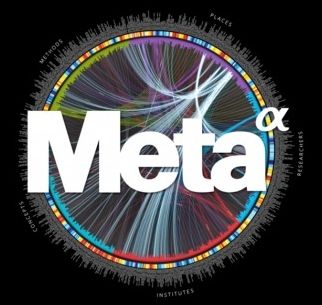
Back in September, the Chan Zuckerberg Initiative – the philanthropic company set up by Facebook CEO Mark Zuckerberg and his wife, Dr. Priscilla Chan – set a goal to invest $3 billion to cure, prevent, and manage disease by the end of the century.
The company has taken a huge first step toward the objective by partnering with scientists, doctors, engineers, and other key stakeholders. With the acquisition of Toronto-based company, Meta, the team is moving even closer to their goal by creating tools and technology designed to empower the scientific community.
Meta is a research paper search engine that uses artificial intelligence (AI) to deliver the most relevant results to researchers. Following this acquisition, the Chan Zuckerberg initiative will enhance the service before eventually rolling it out for free.
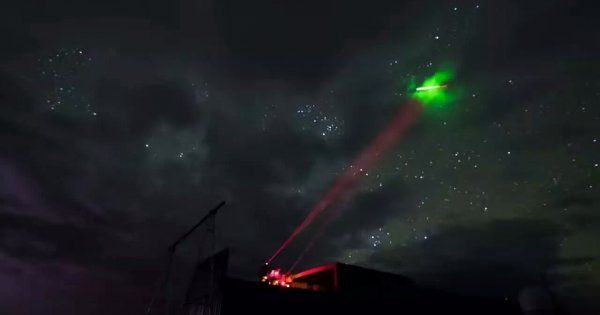
Hope folks are realizing this is happening and now real. Not sure what experiments their doing as they have already been experimenting already on hacking.
The world’s first quantum science and communications satellite has been handed over to Chinese scientists for the official start of experiments to test the phenomena of quantum entanglement and ‘unhackable’ quantum communication.
The Quantum Experiments at Space Scale (QUESS) satellite was launched on August 15 last year and soon after began testing its payloads and space-to-ground links.
“The in-orbit test came to a very successful end,” said mission designer and leader Pan Jianwei, an academic at the Chinese Academy of Sciences (CAS) which oversees the institutions involved in the mission.
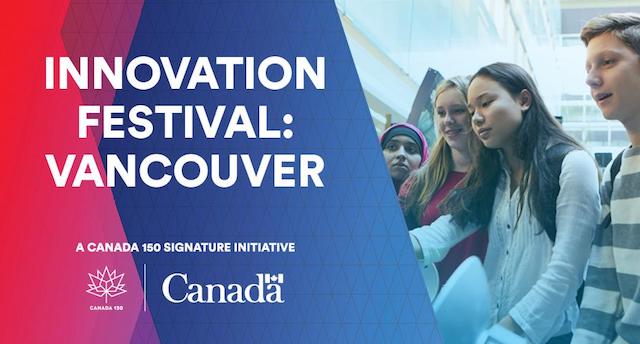
Sharing in case anyone is interested in attending.
What do the Walkie-Talkie, IMAX, the egg carton, instant mashed potatoes and the sport of hockey all have in common? They were all Canadian inventions! You can celebrate Canada’s innovative past, present and future for our country’s 150th anniversary when the Innovation150 National Tour launches at Science World next week. Innovation150 Kick Off at Science World The cross-country Innovation150 tour will celebrate Canadian ingenuity and inspire the innovators of tomorrow. Locally, from January 19 to February 3, 2017, Science World and Innovation150 are organizing a city-wide celebration of Canada’s innovative past, present and future for our country’s 150th anniversary. Innovation.